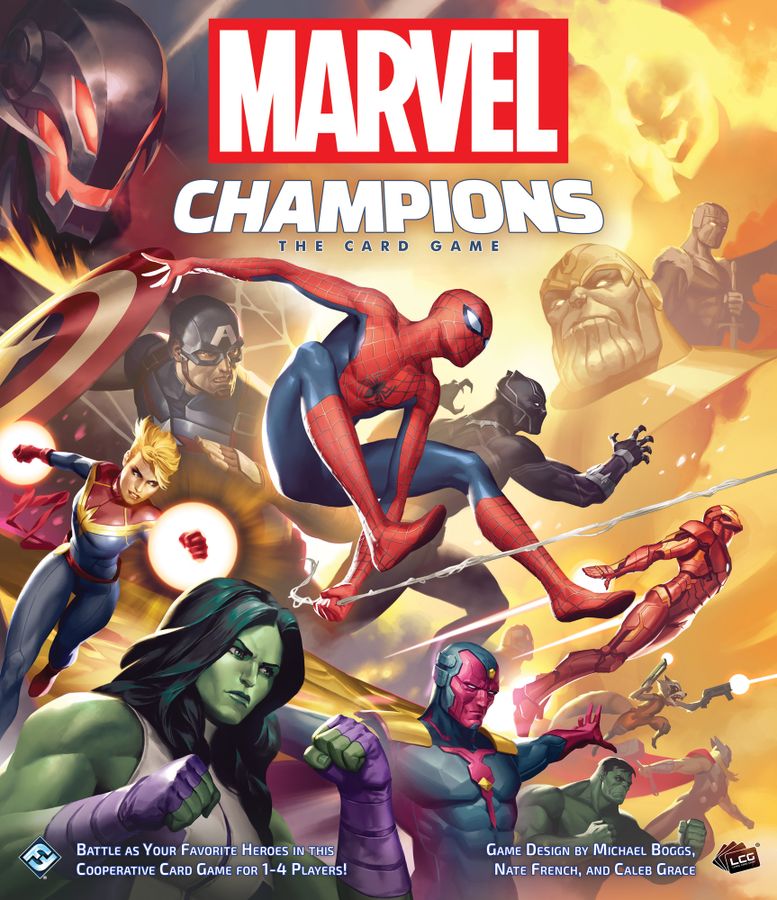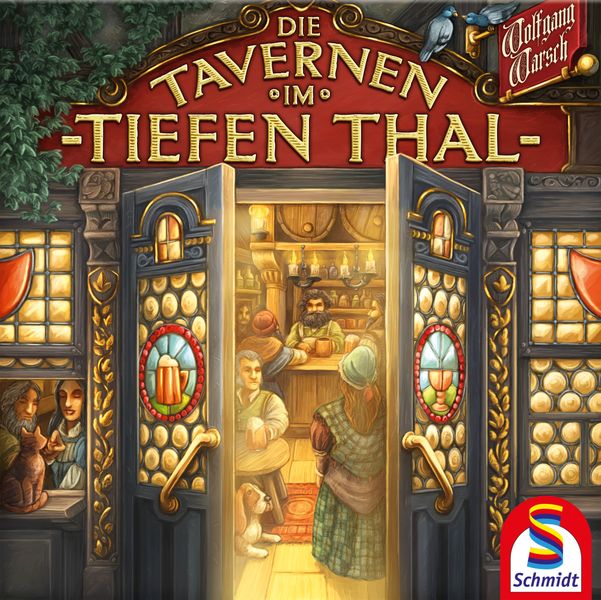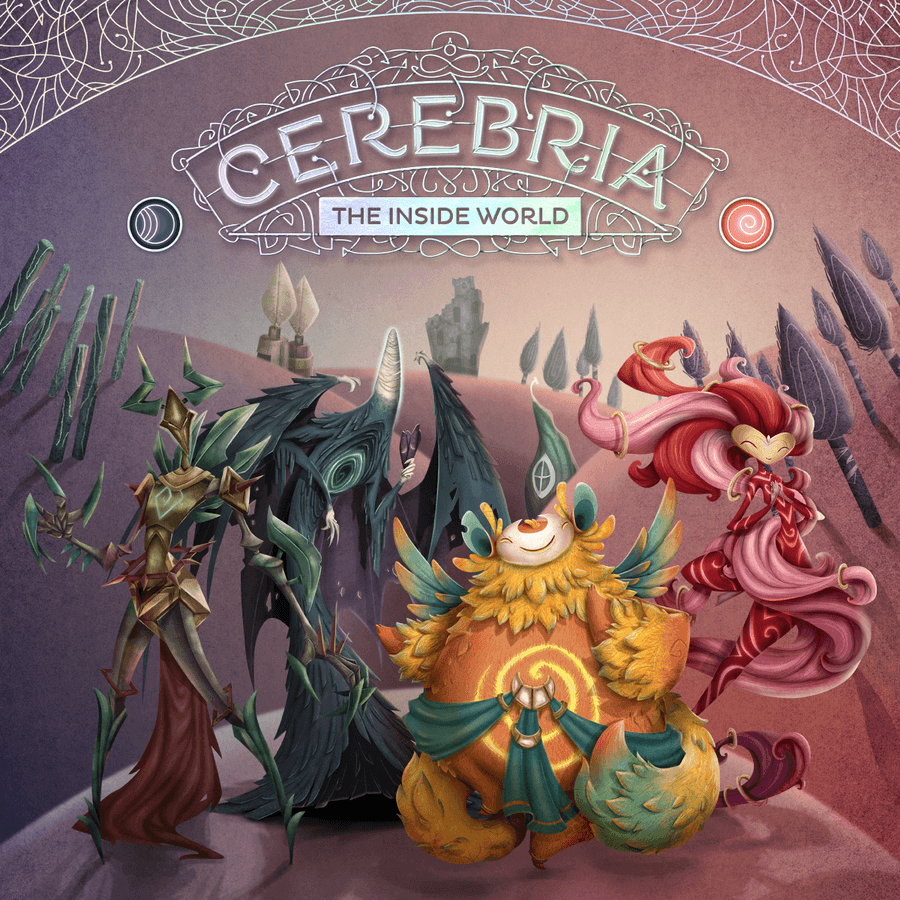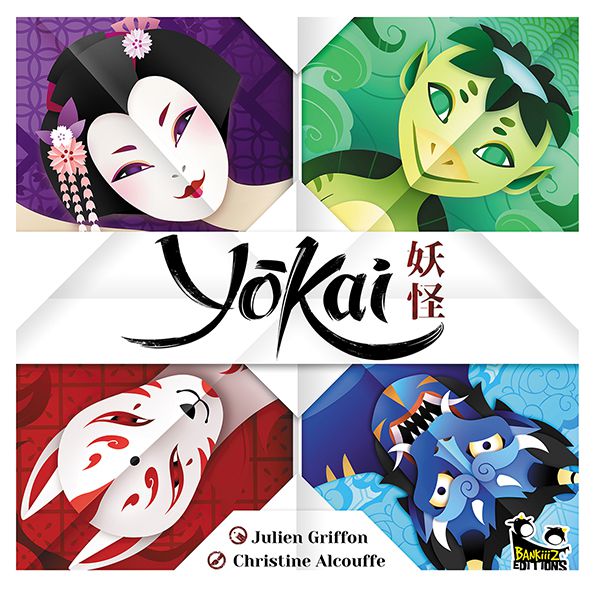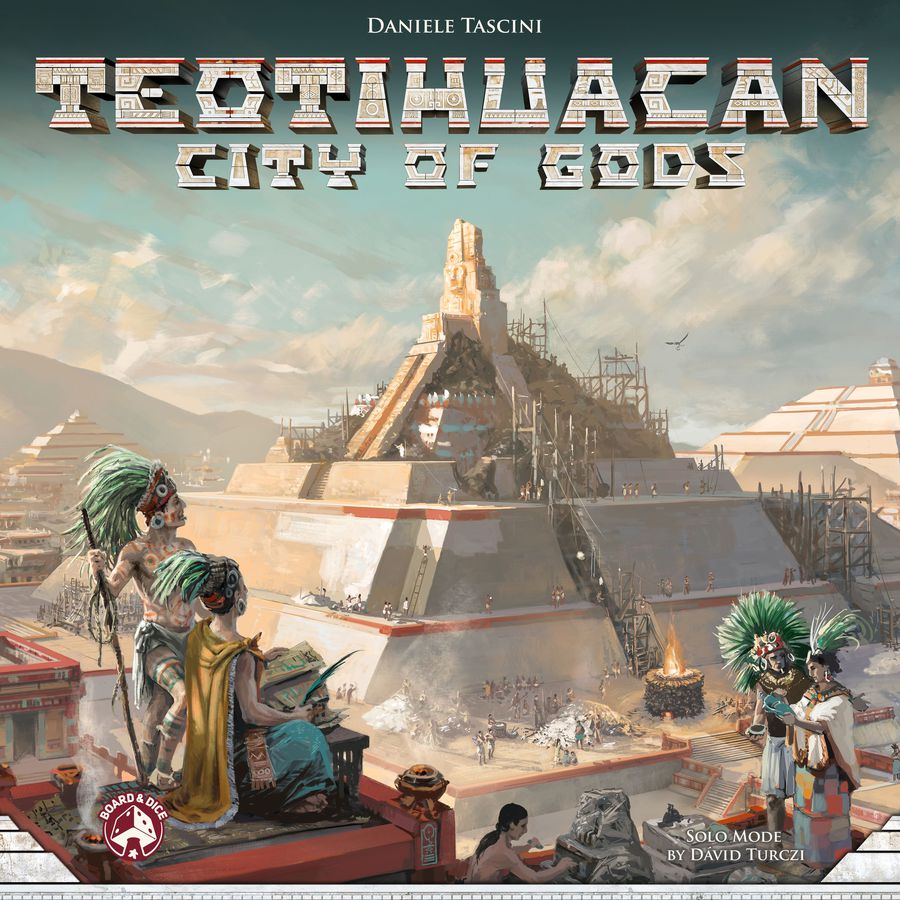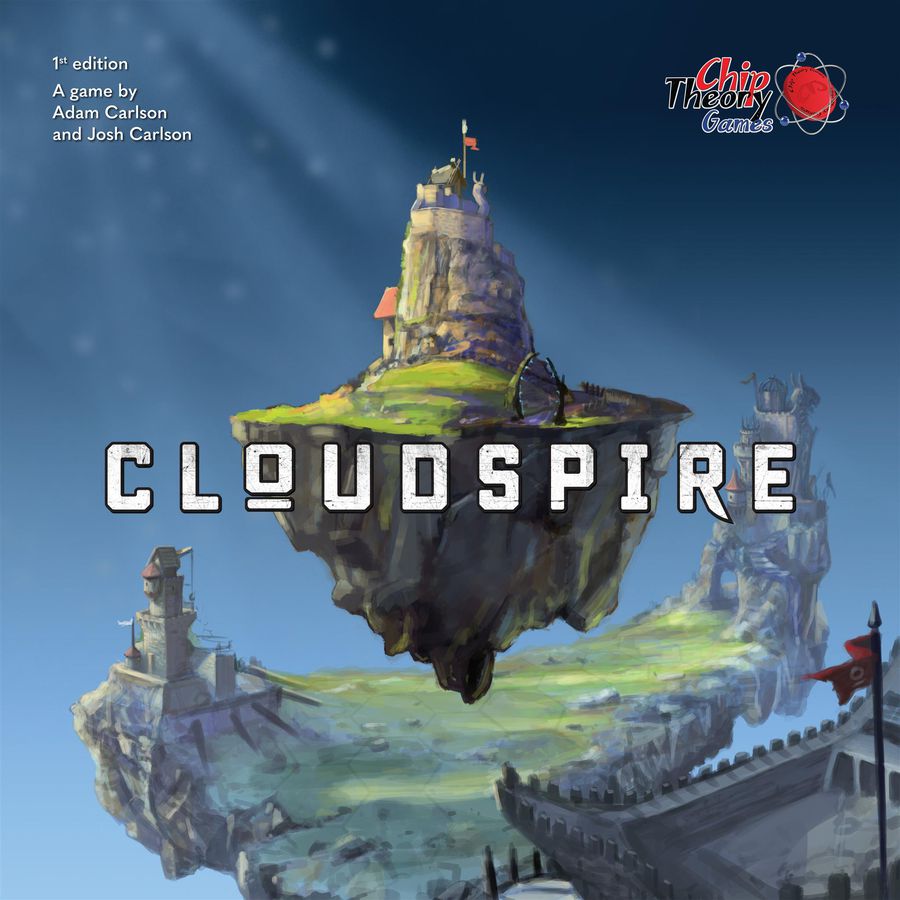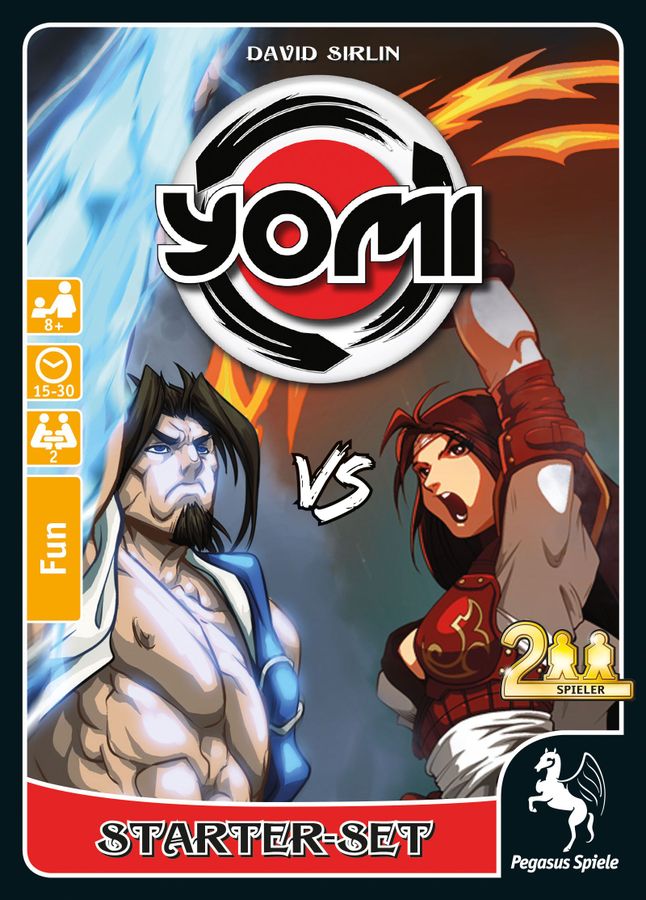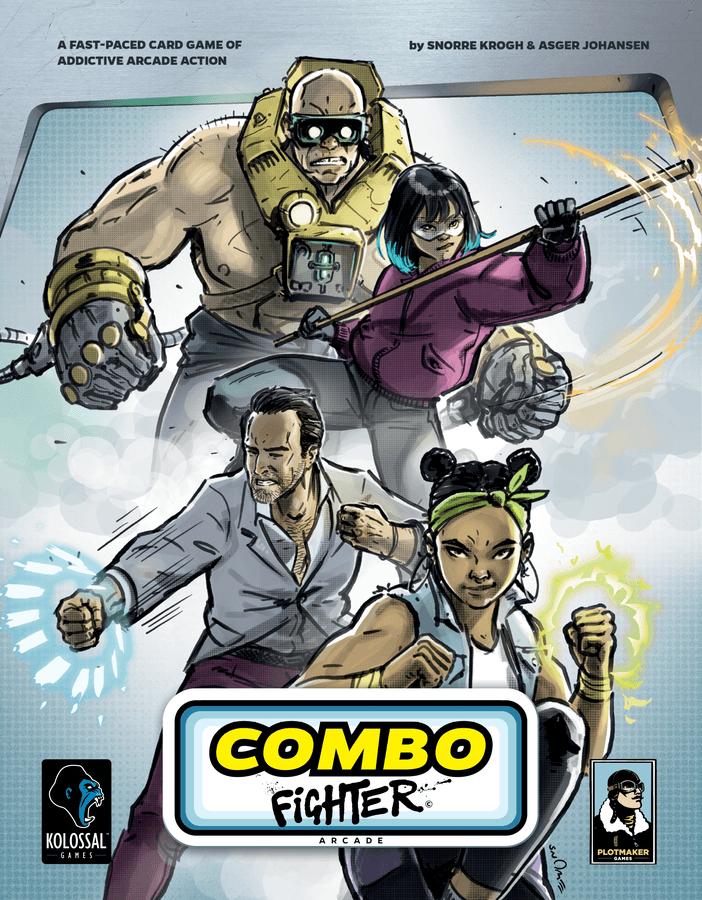Marvel Champions: The Card Game
Iron Man and Black Panther team up to stop Rhino from rampaging through the streets of New York. Captain Marvel and Spider-Man battle Ultron as he threatens global annihilation. Do you have what it takes to join the ranks of these legendary heroes and become a champion?
Jump into the Marvel Universe with Marvel Champions: The Card Game, a cooperative Living Card Game for one to four players!
Marvel Champions: The Card Game invites players embody iconic heroes from the Marvel Universe as they battle to stop infamous villains from enacting their devious schemes. As a Living Card Game, Marvel Champions is supported with regular releases of new product, including new heroes and scenarios.
Read More
